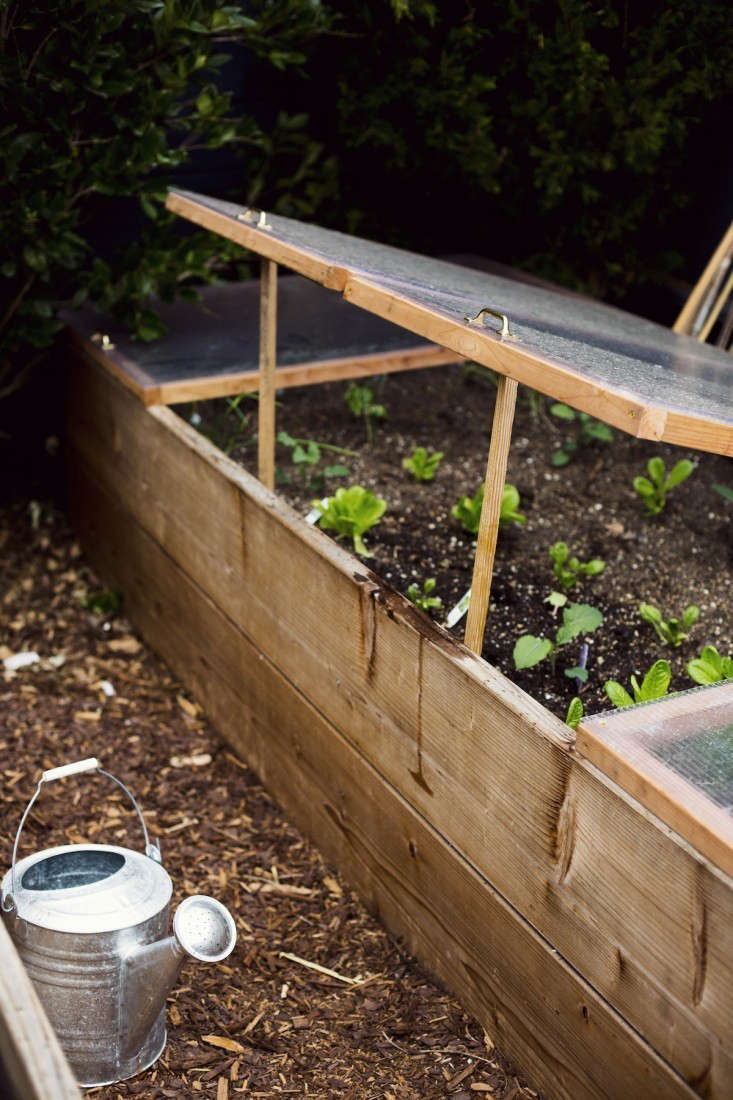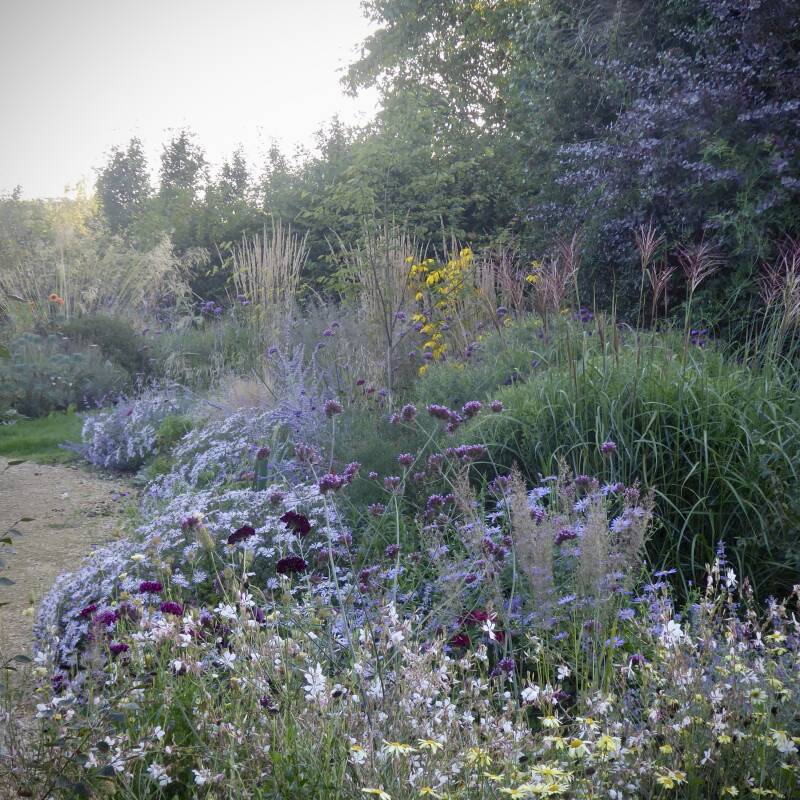You don’t need a grand greenhouse to garden year round. A cold frame–which is essentially a warming hut for seeds and seedlings–can fend off frost to extend your growing season through the iciest months. Easy, economical, and space efficient, a cold frame deserves space in a sunny spot of every garden:

What is a cold frame?
A cold frame is nothing more than a box with a clear lid that to trap heat and shelter plants from low temperatures and battering weather. Typically bottomless for good drainage, cold frames sit low to the ground and have no artificial heat source. A transparent lid absorbs sunlight and can be lifted for air circulation (or kept shut to keep out the elements).

What are the the benefits of cold frames?
Cold frames…
- Prolong the growing season so you can harvest greens and cool-season vegetables in winter. Cold frames create a microclimate that can be a zone and a half warmer than your garden.
- Protect plants from wind and rains during stormy months.
- Provide a frost-free haven for tender plants that won’t survive freezing conditions. Move plants into a cold frame and insulate them well to lull them into dormancy until the weather is warm enough to transplant them into the garden.
- Have ideal conditions to gradually acclimate seedlings grown indoors to conditions outside without having to carry them in at night.
- Offer a good place to sow seeds in the spring (and enable you to start earlier in the season).
- Are versatile; remove the lid and a cold frame becomes a raised garden bed in the warm months.
- Are easy and affordable to make (or purchase).

Where is the best place to put a cold frame?
To maximize warmth, light exposure, and weather protection for plants, cold frames should be sited in a south-facing position. Other site considerations are drainage and protection from wind. Placing a cold frame on a forward-facing slope facilitates drainage (as does digging down and adding a layer of gravel under a layer of top soil beneath a flat cold frame base). While not required, it is recommended that the back of the frame be higher than the front to capture the most sunlight and allow snow and water to drain off the top.
Take a cue from history and put your cold frame adjacent to another outbuilding for added insulation and to buffer it from weather on one side.
Can I make my own cold frame?
Yes. Cold frames are easy and affordable to make, requiring little more than a few boards, an old window (or piece of glass or plastic), some hinges, screws, and a bit of muscle. This Old House offers a How to Build a Cold Frame tutorial using a salvaged window, and Martha Stewart has her own meticulous step-by-step instructions.
Not ready to commit to a permanent cold frame structure? Lay an old window (or a sheet of plastic or glass) over a high-sided raised bed to construct a temporary cold frame.

What vegetables grow best in winter cold frames?
Low growing, cool-season plants are the best inhabitants for winter cold frames. Vegetables that can tolerate lower temperatures include carrots, radishes, and leeks, as well as winter lettuces, spinach, and chard.
Tips for using a cold frame:
- Pay attention to the inside temperature of your cold frame. A bright sunny day can bring surprisingly hot temperatures. Vent by opening the lid slightly on sunny days and closing at night. Organic Gardening offers a good rule of thumb: “When outdoor temperatures are above 40 degrees Fahrenheit, prop open the lid 6 inches; when the outdoor temps clear 50 degrees Fahrenheit, remove the lid. Be sure to restore the lid in late afternoon to trap the heat inside for the cool night.”
- Consider a Non-Electric Vent Controller ($36.09 at Grow Organic) to automatically open and close the cover at a preset temperature.

- Don’t assume snow is the enemy. In fact, snow on and around a cold frame can insulate it. Keep snow to a minimum on the lid to allow in light and prevent glass breakage due to the weight of the white stuff.
- On extremely cold nights, a cold frame may need some extra insulation on the lid (where most of the heat escapes) to keep plants from freezing. Old blankets, towels, straw, rugs, or even newspaper will work.
- In northern cold climates, cold frames can be dug down partially into the soil to provide greater insulation.
- Plants grow more slowly in the cold. Adjust your planting schedule accordingly.
- Need more heat? A cold frame can be made into a “hot bed” by using electric heating cables underneath. A non-electric option is to use a thick layer of manure or compost under the top soil. As the manure or compost decomposes, it generates enough heat to protect against early or late frosts.

Have a cold frame that you have been neglecting? Erin will help you get it going again; see DIY: Reviving the Cold Frame. Also, read:
- The Garden Decoder: What Is a ‘Cool-Season Crop’?
- November To-Dos: 9 Ways to Winterize Patios (and Other Outdoor Rooms)
- Garden Hacks: 10 Genius Ideas to Keep Plants Warm in Winter









Have a Question or Comment About This Post?
Join the conversation